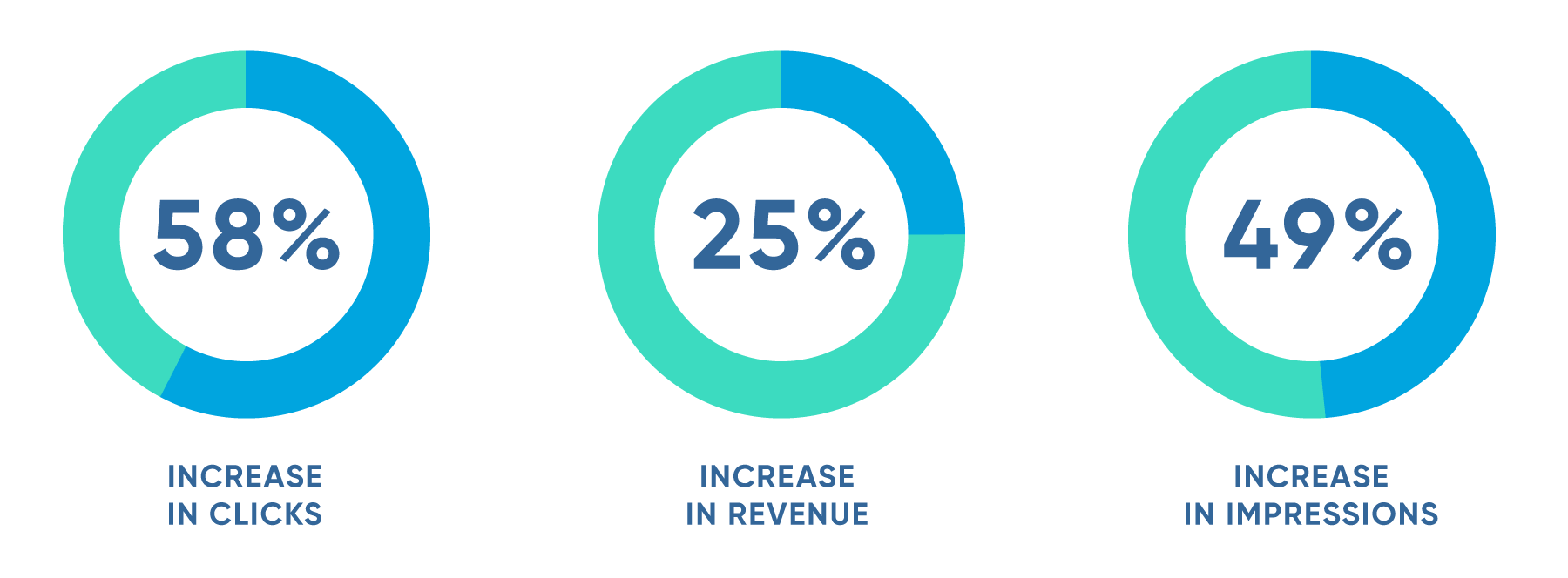While campaign sizes, budgets, and objectives vary between brands, there are a few common questions that all metasearch advertisers have to answer. One of the most prevalent is “Which cost model should I use?”.
NB: This is an article from Koddi
This question deserves serious thought, as there are pros and cons to the various cost models. Making the right choice requires a complete understanding of each model’s implications and your goals and capabilities.
Subscribe to our weekly newsletter and stay up to date
There are two major types of cost models for metasearch campaigns:
- CPC: cost-per-click
- CPA: cost-per-action (or acquisition)
Within each metasearch program, cost models can individually become more complicated. For example, in Google’s Hotel campaigns, advertisers can adjust CPCs based on many different factors such as the room rate, the placement of the ad within the search results, the length of the stay, the location of the user, and the type of device a user is using. Likewise, TripAdvisor CPCs can be modified based on the placement and user audience. The remaining publishers vary in their approach, but most allow bidding by placement and device type.
For simplicity’s sake, we will focus on CPC and CPA although there are other strategies where you can implement a hybrid approach.
CPC (Cost-per-click)
A CPC model applies to any auction environment where the advertiser pays a negotiated price for each click. Depending on the publisher, the CPC can be either flat or variable. Typically speaking, CPCs (also referred to as bids) can frequently be updated in real-time or daily.
The CPC model gives you the highest level of control over spend, enabling granular control on what advertisers pay on a click-by-click basis. This approach has tremendous flexibility, which translates to more control over total traffic and visibility in the metasearch environment. However, a CPC model requires a deeper understanding of campaign performance. Since this model does not guarantee a specific return rate, it requires a higher degree of management when compared to CPA models.
A CPC model is best when attempting to drive traffic, bookings, or impression share. It is also best when an advertiser focuses on maximizing the efficiency of spend. If there is a lack of resources or knowledge needed to manage a CPC campaign actively, consider an alternative. Advertisers who cannot dedicate the necessary time to analyzing performance may not succeed with CPC-based campaigns.
CPA (Cost-per-action)
In a cost-per-action model, metasearch advertisers pay a rate based on user actions. So if a user makes a hotel booking, then an advertiser on a CPA model will pay a booking percentage.
In a CPA model, the publisher guarantees the return metric. Advertisers only pay based on performance, meaning they never have to worry about highly inefficient spend. This guarantee does, however, comes at the cost of control. CPA models remove the levers advertisers need to scale campaigns efficiently.
Additionally, CPA users only maximize performance when the negotiated rate perfectly matches the best-case scenario that a CPC model could achieve. Finding this perfect rate is a near-impossible task. Optimal efficiency is a moving target, influenced by multiple market factors, including seasonal demand, competition, and portfolio performance.
A common argument made for CPA models is that they create a shared goal between publisher and advertiser. In theory, this should lead to both parties finding the optimal positioning for the brand. Our experience, however, shows that CPA models do not maximize efficiency because they do not react to changes in the market, auction, or business needs. Ultimately a CPA-based campaign accepts that there will be missed revenue opportunities. Furthermore, advertisers often view this model as controversial because opting-in requires them to share booking data. Some marketers fear that this lowers long-term negotiating power when determining the cost of advertising.
A CPA model works best when the advertiser is not concerned with maximizing performance. To better illustrate the differences between CPC and CPA models, let’s walk through a recent case study.
Comparing CPC vs. CPA – A Case Study
An incoming client had historically run CPA campaigns due to the concern that the costs and time it would take to run a CPC campaign would outweigh the benefits of a CPC model. The client wanted to assess if the CPC model was more effective for achieving the following goals:
- Visibility
- Click volume
- Revenue
Our team developed a test to determine how a CPC model would affect the performance of a sample set of 80 properties. The Koddi team leveraged our platform’s unique filtering capabilities to select test hotels that met certain performance thresholds. Koddi’s custom ROI formula factored in first-party and third-party data to estimate each property’s return if it switched from a commission model to CPC. Because of the bulk campaign editing feature in the Koddi platform and our team’s response to any changes in market conditions, the switch proved seamless and efficient.
The initial test group of CPC campaigns exceeded expectations, and as a result, click volume increased by 58%, revenue increased 25%, and impressions were up by 49%. Our analysts closely monitored performance every week, adjusting bids and cost models accordingly. The cost-per-click model test provided greater flexibility in bidding and increased exposure levels, and the client plans to continue transitioning more hotels to CPC from CPA





